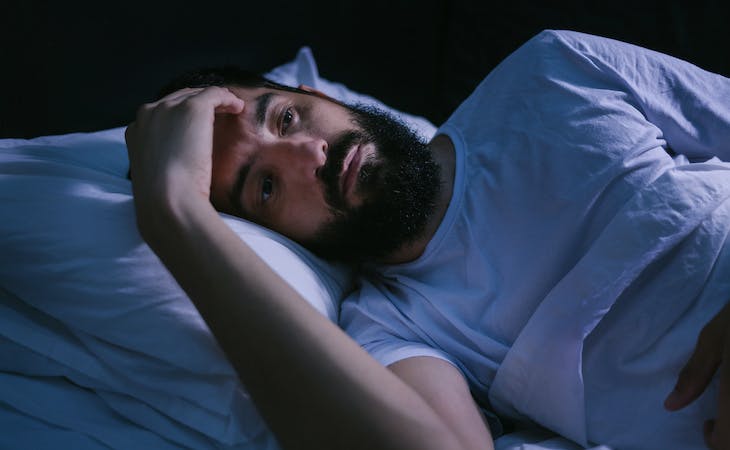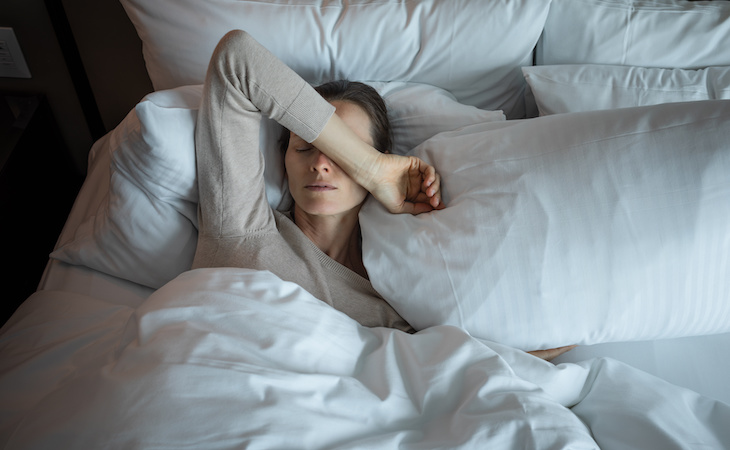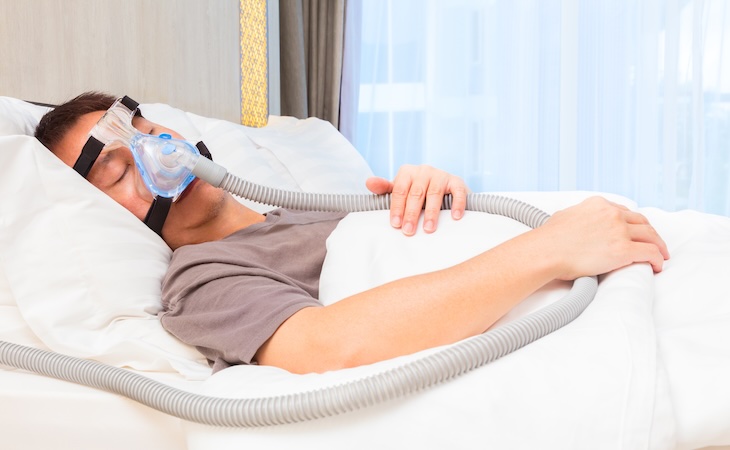Have you ever woken up and felt fully aware of your surroundings but are unable to move or speak? The terrifying sensation isn’t all in your head or part of a bad dream; it’s a phenomenon called sleep paralysis, and there’s a scientific explanation for it.
Sleep paralysis is fairly common, with research estimating it affects anywhere from 5% to 40% of people, according to the American Academy of Sleep Medicine.
Many people also experience hallucinations during sleep paralysis, which can make the ordeal even more frightening.
Here, we break down what causes sleep paralysis, what’s happening in your body during an episode, and how to treat it.
What is sleep paralysis?
Typically during the REM sleep stage, your brain sends signals for your muscles to relax and be still. This is called “REM atonia” and is what keeps you from acting out your dreams.
During sleep paralysis, your body is experiencing REM atonia as you’re waking up or falling asleep. The result is the feeling of being paralyzed, though you’re still able to breathe normally and move your eyes.
An episode of sleep paralysis can last for a few seconds up to a couple of minutes. The episode typically breaks on its own or when you move or are touched.
What are the symptoms of sleep paralysis?
Symptoms of sleep paralysis can differ from person to person and from one episode to the next. However, they generally include:
- inability to move your arms, legs, head, and body
- inability to speak
- feelings of fear, panic, or helplessness
- the sensation that someone is in your room
- the feeling of being pushed down
- a sense of suffocation
Many people also experience hallucinations or seeing or hearing things that aren’t there.
What causes sleep paralysis?
Anyone can get sleep paralysis, but it tends to first appear during adolescence. It’s most likely to occur during early adulthood and may continue throughout life.
The exact cause of sleep paralysis isn’t known, but experts believe it’s linked to sleep deprivation, disrupted sleep, or an irregular sleep schedule.
Research shows college students and shift workers have higher rates of sleep paralysis.
Recurrent sleep paralysis (having multiple episodes over time) can also be a sign of narcolepsy, a chronic sleep disorder characterized by overwhelming drowsiness during the day and sudden attacks of sleep.
Other sleep disorders, such as obstructive sleep apnea, are also linked to a higher incidence of sleep paralysis.
People who have mental health disorders, such as post-traumatic stress disorder (PTSD), generalized anxiety disorder, and panic disorder, are also more likely to get sleep paralysis.
How is sleep paralysis diagnosed?
There’s no specific test for sleep paralysis, but a healthcare provider can diagnose it based on an evaluation.
During the visit, you’ll be asked about your symptoms, including what your episodes feel like and how often they occur, as well as your sleep schedule, including how many hours of sleep you get per night.
You’ll also be asked for a medical history, including any medications you’re taking, whether you smoke or use alcohol or drugs, and whether you have a history of mental health disorders, such as depression, anxiety, or PTSD.
Your doctor may want to test you for sleep disorders that may cause episodes of sleep paralysis, such as obstructive sleep apnea or narcolepsy.
How is sleep paralysis treated?
There are no proven therapies to prevent or stop episodes of sleep paralysis. However, there are some things you can do to recover sooner.
Some people find if they concentrate on small body movements, such as wiggling a toe or finger, they can break the episode more quickly. Making a great effort to move can also end a spell of sleep paralysis.
You can also take steps to lower the chance of sleep paralysis occurring. These include:
- Sticking to a set sleep schedule.
- Limiting the number of distractions before bed, such as phones, tablets, and laptops.
- Optimizing your bedroom for sleep, including making it a cool temperature and dark.
- Relaxing before bed, such as taking a bath, listening to soothing music, or practicing deep breathing or mindfulness meditation.
- Avoiding alcohol and recreational drugs.
To learn more about conditions that affect sleep, check out our guide to common sleep disorders.




